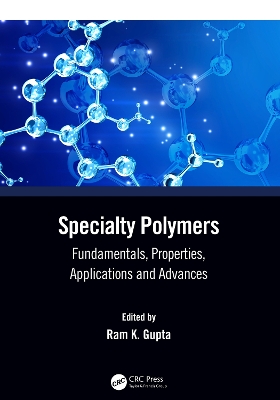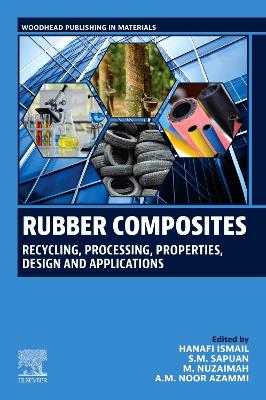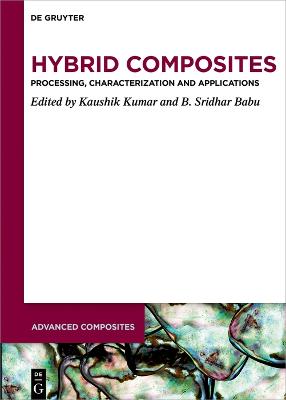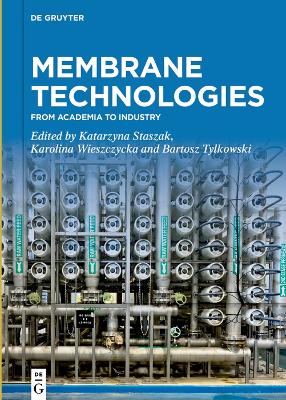Advances in Electrically Conductive Textiles
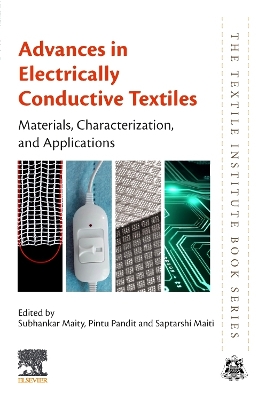 portes grátis
portes grátis
Advances in Electrically Conductive Textiles
Materials, Characterization, and Applications
Maity, Subhankar; Pandit, Pintu; Maiti, Saptarshi
Elsevier - Health Sciences Division
11/2024
876
Mole
9780443220470
15 a 20 dias
Descrição não disponível.
Section I: Introduction & Processing 1. Introduction to electroconductive textiles 2. Preparation of conductive polymer-coated textiles 3. Processing and preparation of graphene-based electroconductive textiles 4. MXene-based electroconductive textiles: synthesis to multidirectional applications 5. Green synthesis of graphene oxide using coconut shell extract for multifunctional cotton fabric 6. Conductive ink for printable wearable textile electronics Section II: Characterization 7. Electrical properties of textiles 8. Development of conductive polymer-coated textiles for heat generation 9. Development of wearable strain, pressure, and humidity sensors 10. Development of conductive polymer-coated textiles for pressure and strain sensors 11. Development of conductive textiles for electromagnetic shielding Section III: Applications 12. Shape memory applications of electroconductive textiles 13. Conductive polymer and its application in textile-based thermoelectric generators 14. Development of test methods of the efficiency, durability, and safety of Joule heating textiles 15. Antimicrobial efficacy of electroconductive textiles 16. Smart and interactive textiles 17. Wearable flexible energy storage devices 18. Textile electret filter media 19. Textile wearable antennas 20. Graphene-based textiles for electromagnetic interference shielding 21. Conductive floor covering 22. Triboelectric nanogenerator-based smart textiles 23. Sustainability in production and opportunities of electroconductive textiles
Este título pertence ao(s) assunto(s) indicados(s). Para ver outros títulos clique no assunto desejado.
2D materials; Antenna design; Antibacterial; Antistatic floor; Biomedical application; Carbon nanotube; Carbon nanotubes; Coated textiles; Coating techniques; Conductive ink; Conductive polymer; Conductive polymers; Conductive textiles; Conductivity; Cooling garment; Cotton; Dielectric permittivity; Dielectric relaxation; Diffusion; Disposable sensors; Durability; EMI shielding; EMI shielding effectiveness; Efficiency; Electret; Electrical and dielectric properties; Electrical conductance; Electrical conductivity; Electrical resistance; Electrochemical energy conversion; Electrochemical polymerization; Electrochemical sensor; Electroconductive; Electroconductive textile; Electroconductive textiles; Electromagnetic characterization; Electromagnetic interference; Electromagnetic interference shielding; Electronic textile; Electronic textiles; Electrostatic discharge; Energy efficiency; Energy harvesting; Energy storage; Engineering; Environmental challenges; Fabric; Fabrication methods; Fabrics; Fibers; Flexible capacitor; Floor covering; Functional textiles; Graphene; Graphene oxide; Graphene-based ink; Green coconut shell extract; Green reducing agent; Heat generation; Heat transfer; Heating garment; Heating pad; Heating textile; Humidity sensing; In-situ polymerization; Induction charging; Inertial impaction; Interactive textiles; Ion irradiation; Joule heating textiles; Joule's effect; Loss factor; MXene; Materials chemistry; Materials processing; Materials property type; Mechanism of EMI shielding; Medical textile; Metallic textile; Multifunctional finishing; Particulate matter; Piezoelectricity; Polaron; Polyaniline; Polypyrrole; Polypyrrole-based ink; Pressure sensing; Pressure sensors; Resistive heating; Resistivity; Safety; Screen-printed electrodes; Seebeck effect; Sensor; Shape memory; Silver nanoparticles; Smart textile; Smart textiles; Soft matter physics; Standard test methods
Section I: Introduction & Processing 1. Introduction to electroconductive textiles 2. Preparation of conductive polymer-coated textiles 3. Processing and preparation of graphene-based electroconductive textiles 4. MXene-based electroconductive textiles: synthesis to multidirectional applications 5. Green synthesis of graphene oxide using coconut shell extract for multifunctional cotton fabric 6. Conductive ink for printable wearable textile electronics Section II: Characterization 7. Electrical properties of textiles 8. Development of conductive polymer-coated textiles for heat generation 9. Development of wearable strain, pressure, and humidity sensors 10. Development of conductive polymer-coated textiles for pressure and strain sensors 11. Development of conductive textiles for electromagnetic shielding Section III: Applications 12. Shape memory applications of electroconductive textiles 13. Conductive polymer and its application in textile-based thermoelectric generators 14. Development of test methods of the efficiency, durability, and safety of Joule heating textiles 15. Antimicrobial efficacy of electroconductive textiles 16. Smart and interactive textiles 17. Wearable flexible energy storage devices 18. Textile electret filter media 19. Textile wearable antennas 20. Graphene-based textiles for electromagnetic interference shielding 21. Conductive floor covering 22. Triboelectric nanogenerator-based smart textiles 23. Sustainability in production and opportunities of electroconductive textiles
Este título pertence ao(s) assunto(s) indicados(s). Para ver outros títulos clique no assunto desejado.
2D materials; Antenna design; Antibacterial; Antistatic floor; Biomedical application; Carbon nanotube; Carbon nanotubes; Coated textiles; Coating techniques; Conductive ink; Conductive polymer; Conductive polymers; Conductive textiles; Conductivity; Cooling garment; Cotton; Dielectric permittivity; Dielectric relaxation; Diffusion; Disposable sensors; Durability; EMI shielding; EMI shielding effectiveness; Efficiency; Electret; Electrical and dielectric properties; Electrical conductance; Electrical conductivity; Electrical resistance; Electrochemical energy conversion; Electrochemical polymerization; Electrochemical sensor; Electroconductive; Electroconductive textile; Electroconductive textiles; Electromagnetic characterization; Electromagnetic interference; Electromagnetic interference shielding; Electronic textile; Electronic textiles; Electrostatic discharge; Energy efficiency; Energy harvesting; Energy storage; Engineering; Environmental challenges; Fabric; Fabrication methods; Fabrics; Fibers; Flexible capacitor; Floor covering; Functional textiles; Graphene; Graphene oxide; Graphene-based ink; Green coconut shell extract; Green reducing agent; Heat generation; Heat transfer; Heating garment; Heating pad; Heating textile; Humidity sensing; In-situ polymerization; Induction charging; Inertial impaction; Interactive textiles; Ion irradiation; Joule heating textiles; Joule's effect; Loss factor; MXene; Materials chemistry; Materials processing; Materials property type; Mechanism of EMI shielding; Medical textile; Metallic textile; Multifunctional finishing; Particulate matter; Piezoelectricity; Polaron; Polyaniline; Polypyrrole; Polypyrrole-based ink; Pressure sensing; Pressure sensors; Resistive heating; Resistivity; Safety; Screen-printed electrodes; Seebeck effect; Sensor; Shape memory; Silver nanoparticles; Smart textile; Smart textiles; Soft matter physics; Standard test methods

